For WatchTime’s upcoming Design Special 2018, we sat down with several different design professionals — including independent industrial designers, freelance watch designers, lead designers of large brands, and even a movement designer — to talk about how they see the role of design in watchmaking, where they get their ideas from, and what they think good design is. Here is what Fabrizio Buonamassa Stigliani, Director of Bulgari Watches Design Center, had to say.
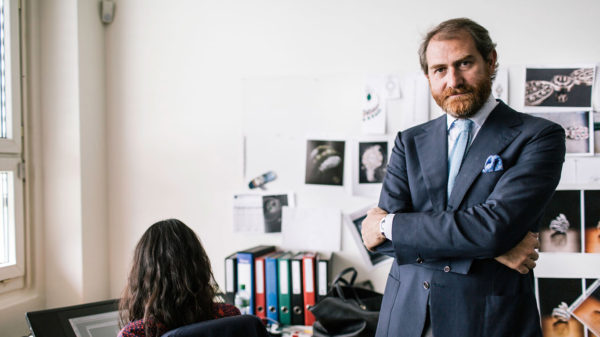
“The designer is not just someone that has to be able to make sketches on the paper,
but has to be able to imagine products that don’t exist yet,
and has to be able to convey the values of the brand.”
WT: What is the role of a designer in the watch industry?
FBS: It depends. If you have a very small brand, you have to make a lot of different things. If you have a big group, or a big brand like Bulgari, you have to manage the heritage of the brand. At the same time you have to make an improvement, each time, about this heritage. So, at Bulgari, my role is to manage this impressive archive and, at the same time, imagine the scenarios for the future. So, the designer is not just someone who has to be able to make sketches on the paper, but who has to be able to imagine products that don’t exist yet, and who has to be able to convey the values of the brand. If you are alone, a small brand without heritage, without roots, it may be that you have to invent the brand from scratch. It could be easy at the beginning, but could also be very, very difficult. If you have to manage the heritage of a brand like Bulgari, which was born centuries ago, in Rome, you have to convey all the values of the Italian design culture, and at the same time you have to make an evolution of the designs that you can find in your archives.
As you can see in our products, it’s not a copy-and-paste approach. When you look at our Lucea, Serpenti, Octo — each time, we try to reinvent our products, because I think that our approach is a contemporary approach. So, sometimes it’s easy, sometimes it’s not easy at all. Because the designer has to imagine new scenarios of which kind of product our client will use in the future. So you need to be able to innovate, even in the way you use the watch.
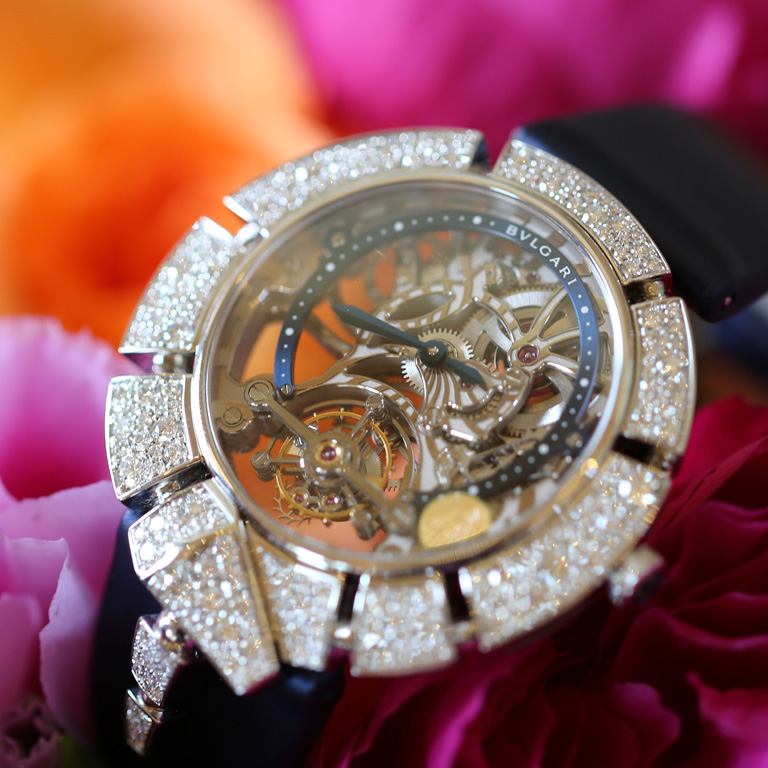
At Bulgari, we have jewelry watches, ladies’ watches, men’s watches, grand complications, and high-jewelry pieces in our lineup. You have six or seven different ways to wear a Serpenti watch. This is my role, starting from the heritage of the secret watch, then making an evolution of this and giving our clients the opportunity to wear a Serpenti in a different way. So they can wear a Serpenti Cantate, Serpenti with leather straps, Serpenti with Scaglie, Serpenti secret watch, or Serpenti with double head, which we presented last year.
It is important for me, for example, when you see the Finissimo’s execution of the minute repeater, to break the rules — in this case with one of the most ancient grand complications that we are able to make. Bulgari always tried to break the rules, starting from the beginning of our history, when we put on the market in 1975, the first Bulgari watch. This is our heritage, this is our DNA, and one of my roles is to manage this DNA, and this heritage, in a proper way.
WT: How did you get into watch design?
FBS: You need to have a passion for watches. I am an industrial designer. I made a lot of different things during my career. I started in the automotive industry, but for a certain period I was an external consultant, so I contributed a lot of different ideas for different products. You need to have a passion for watches, because otherwise it’s a very small, small world, not just in terms of dimensions, because we are talking about 600 components in 45 millimeters, sometimes, for the grand complication watches. You need to be passionate about details, about beautiful things. So, that’s why. I love watches, I love cars, I love all beautiful objects. I think that is very important to be passionate about beautiful things, and pay attention to details.
WT: What makes a thing beautiful for you?
FBS: In Italy, we have a different perception about beauty. We’re grow up surrounded by beauty. You see Leonardo da Vinci, Michelangelo, Caravaggio; it’s a very, very long list. It’s a part of our DNA. I’m an industrial designer, I know very well the industrial design history. Form follows function, but for us that’s not enough. This is something that works very well for the German design culture. For Dieter Rams, a designer that I love, that [philosophy] makes beautiful things for Braun. But, for us, form following function is not enough. An object has to be beautiful; it has to be unique. So, when you see our Finissimo Automatic or Finissimo Minute Repeater, you see something different. You see the beauty that comes from the passion and the playfulness that we have, to play with constraints. It’s not the perfect shape, we don’t care about perfect shape, because the perfect shape is just cold. We need something warm, we need something that makes attention, to catch the attention of our clients.
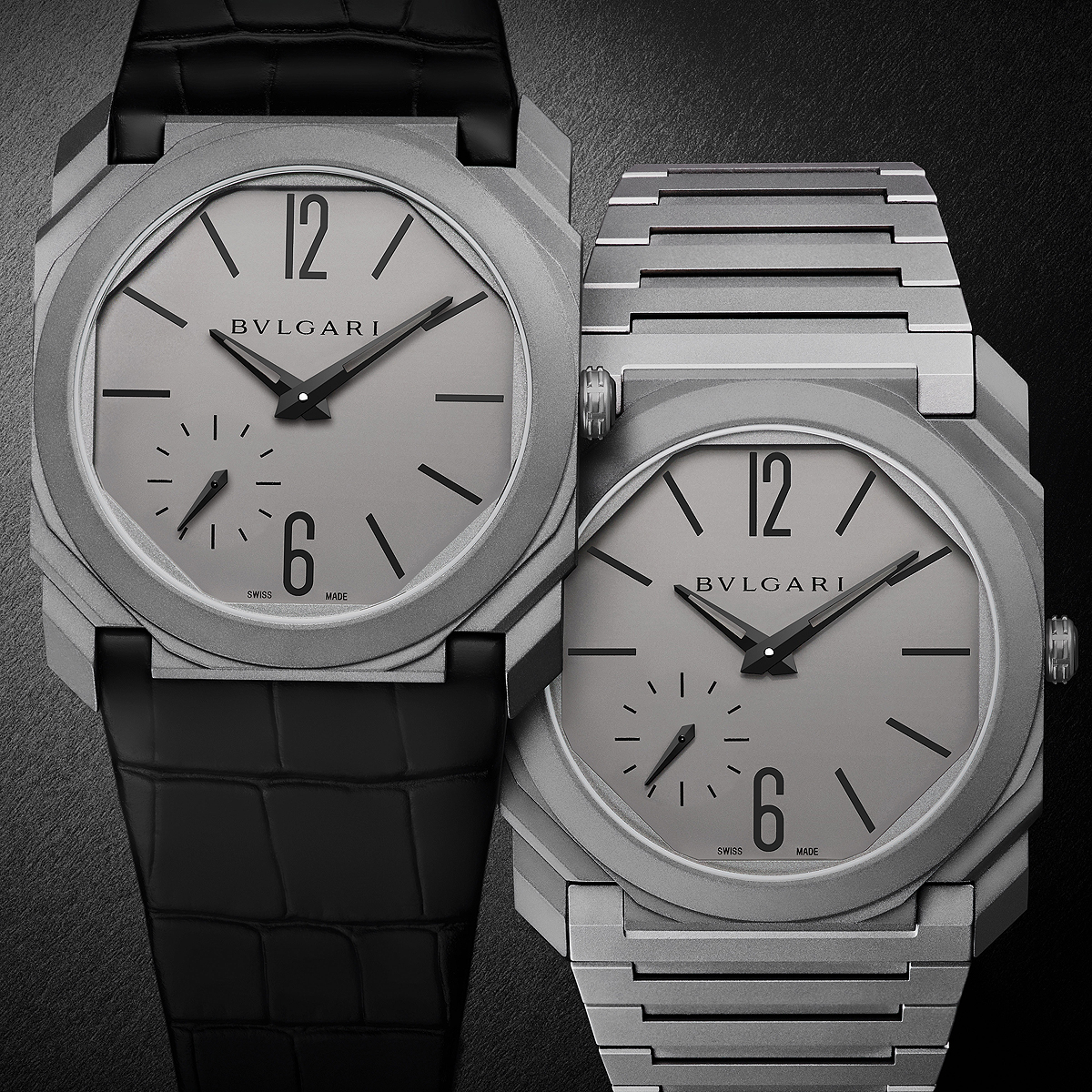
So, when you see the Minute Repeater, the world’s thinnest Minute Repeater, with a different shape like this, with a different material like this, it’s not the common grand-complication watch with the round shape, thin bezel, and white enamel dial. As Italians, we are passionate for different things, for things that make sense together. The case of the Minute Repeater in titanium, so this watch needed different material to emphasize the sound. We don’t have space inside the case, and we decided to use the titanium, because the sound is very crisp.
But at such a moment, I look at the prototype and say, “Wow, this material is beautiful. Why don’t you make this watch all in matte finishing, sand blasted finishing?” Even the dial. We’ve tried to make a new aesthetics that makes sense, with one of the most well-known grand-complication movements. So these things make different, it’s like, a spark. You make the most ancient movement in watchmaking industry with a material that, apparently, doesn’t make sense.
Also, as Italians, we have to be able to make a necessity out of a virtue. I need a different material, so I’ll use this material to generate a new aesthetic. I open the indexes on the dial, and I make the material itself important. When you see the Minute Repeater, when you see the Automatic watch, the Finissimo automatic, you see first of all a new aesthetic, and afterward you see amazing skills.
So that’s why, for us, beauty and functionality, has exactly the same weight. It’s not just functionality and beauty. Bulgari is not a brand driven by performance. You see our sport watches, our chronographs, not made with super-exotic materials but with amazing performance in terms of their movements. It’s just the beauty that comes from the proper way to use shapes and materials.
WT: Where do you get your inspiration and ideas from?
FBS: Everywhere. A designer has to be able to be an antenna each moment of his life, ready to catch, to get inspiration. You never know when the idea comes; it’s very important to nourish your creativity, because otherwise you start to make, each time, the same drawings.
For example, this new adventure, this new experience in terms of titanium, for us, is a great source of inspiration. As you can see it’s a different material. Everybody knows titanium in the watch industry, but others have used titanium only for sporty watches. So, as a designer, I have to invent a different way to wear this watch.
The Finissimo is an important watch for us, because it’s a different way to wear a grand complication watch. It’s something that you can hide under your shirt, a grand complication watch with an absolutely cool, contemporary design, but first the first time without any surface polish or sparkle. It’s absolutely understated. It’s Italian chic, an Italian work accessory.
So this is what design means. Beautiful drawings, an object that makes sense with the needs of the clients, an object that makes a new step in the history of the brand. And you cannot mistake, when you see the watch, that this is not a common product: this is a Bulgari product. This is the key: Italian designers love to play with constraints. So, the titanium is a constraint; I try to work on this constraint to generate an aesthetic, and the titanium becomes a turning point of the project. The constraint becomes an opportunity.
WT: Is there a product — it doesn’t need to be a watch — that you would like to re-design, or you would like to see re-designed?
FBS: It’s difficult to say, because the industrial design history is full of beautiful objects. I have in mind Castiglioni, Zanuso, Bruno Munari — all the greatest Italian designers. It’s impossible to say, honestly, “I would re-design an object like this.” Because when you touch the icons, 99 percent of the time, you make mistakes. You have to be able to understand this concept. So, I cannot touch the Arco lamp from Castiglione, because it’s an icon.
Sometimes the market says to you, “This is a wonderful object; it’s a timeless product.” But why is it timeless? Because it means, it’s just ideas, it’s maquillage. If you need to use maquillage, your idea is not strong enough. If you don’t need maquillage, it means that your idea is strong enough to leave alone. That’s why the Octo Finissimo in titanium is just titanium and movement, because we don’t need to make special effects. The movement is unique, the design is unique, the shape is unique, the concept is unique. This product is timeless.
Which project are you, personally, most proud of?
FBS: I started my career at Bulgari in 2001, more or less, and I started to design a lot of different things. Each object is very important for a designer, because it means a specific moment of his life. Octo, for sure, is the most mature today. But often when someone asks me about “the best product,” I often say, “the next one.” Because for me, the Octo is in the past. It’s something that we are continuing to work on. We continue to talk about Octo at the next Baselworld. For us, it’s an impressive asset. But, I am a designer, so I’m looking for new ideas.
For sure, I love Lucea, because it’s the everyday watch from the jewelry maker. I love the Octo Titanium Automatic one, because it’s more democratic.
So, the designer has to make something that has to work in a proper way for a large quantity of products. So to me, the minute repeater is fantastic, but it’s a small niche. The Automatic, it’s a pure design object. I love Serpenti, because I’m able to re-invent the Serpenti seven times. It’s difficult to say; I love objects that make sense with the brand. In this moment, in this economical situation, the client spends money for something that makes sense for the brand. And if I make a watch that doesn’t care, that doesn’t make sense for the brand, that is just my ideas and inspiration, then it is not a Bulgari product, it’s a Fabrizio product.
So, you have to imagine that the designer who works for a big group has to be able to convey all the values in just one object. Even these days, it’s very important for a designer to have the same tastes as the company, because otherwise you are not able to make something that makes sense both for you and for the brand that you represent.

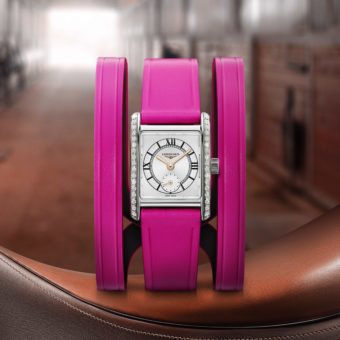
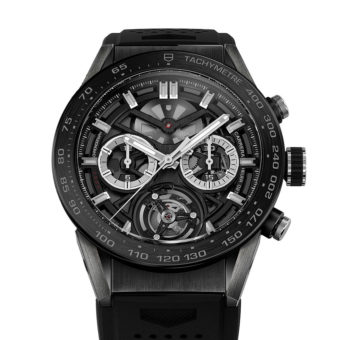
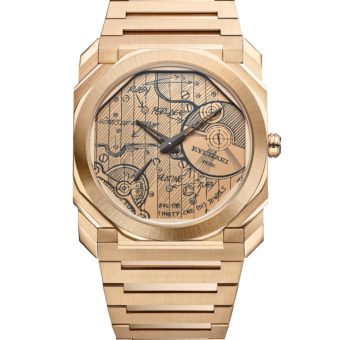
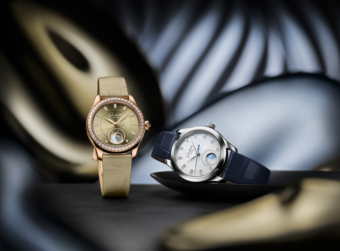
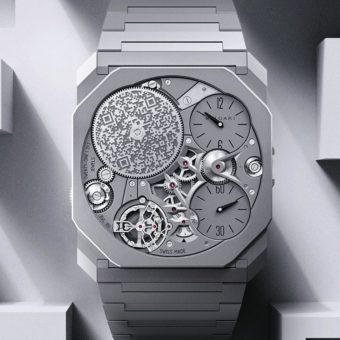
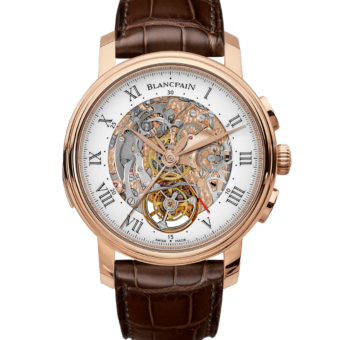
A very illustrative and interesting interview. I believe Mr Fabrizio Stigliani is the right person in the right place. I appreciate very much the classic lines of the Bulgari Bulgari Solotempo watch model – ref BBP39BGLD.